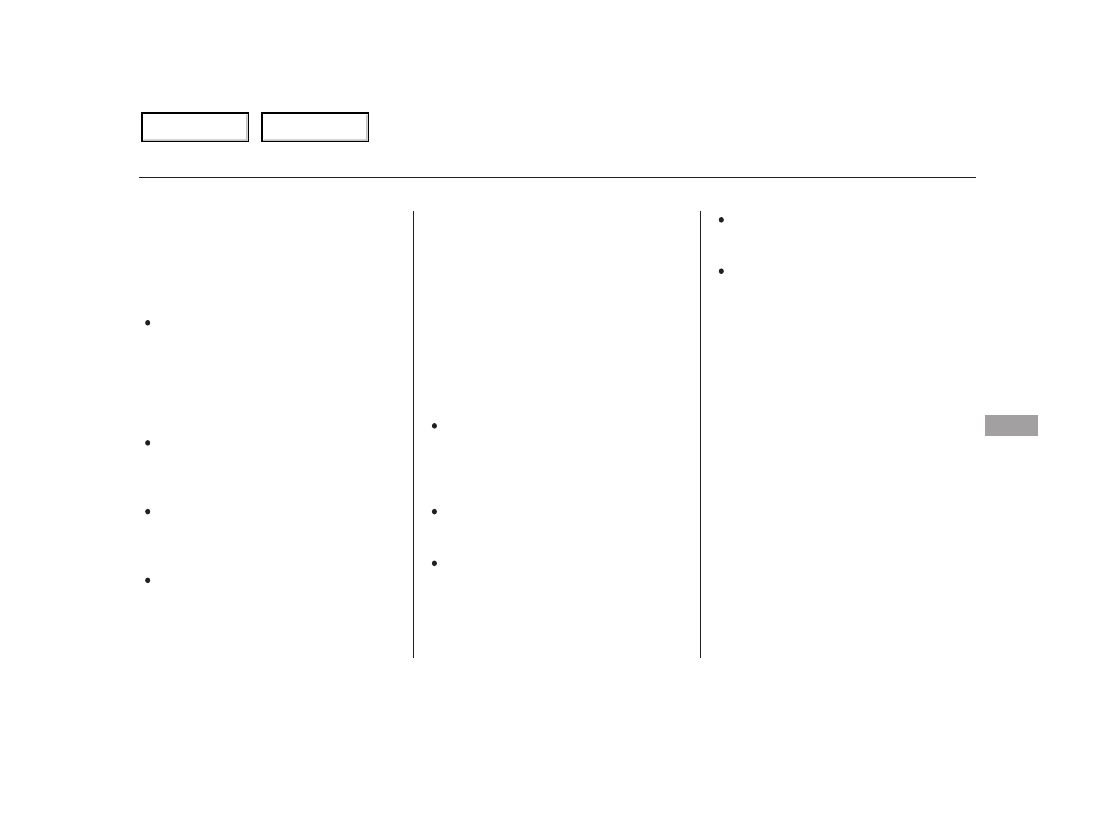Honda Civic Si Coupe (2004 year). Instruction - part 9

−
−
Avoid exceeding your vehicle’s
load limit. This puts excess stress
on the engine, brakes, and many
other vehicle parts. The load limit
is shown on the tire information
label on the driver’s doorjamb.
Follow the
Maintenance Schedule for Severe
Conditions if you drive your vehicle
MAINLY under one or more of the
following conditions.
Driving less than 5 miles (8 km)
per trip or, in freezing
temperatures, driving less than 10
miles (16 km) per trip.
Driving in extremely hot [over
90°F (32°C)] conditions.
Used primarily as a delivery
vehicle or taxi that is driven
mostly in stop-and-go traffic and/
or parked with the engine idling.
Driving on muddy, dusty, or de-
iced roads.
If you only
drive
under a ‘‘severe’’ condition, you
should follow the Normal Conditions
Maintenance Schedule.
Operate your vehicle on
reasonable roads within the legal
speed limit.
Always use unleaded gasoline with
the proper octane rating (see page
).
Drive your vehicle regularly over a
distance of several miles
(kilometers).
Service your vehicle according to the
time and mileage periods on one of
the Maintenance Schedules on the
following pages.
Driving with a roof rack, or driving
in mountainous conditions.
The maintenance schedule assumes
you will use your vehicle as normal
transportation for passengers and
their possessions. You should also
follow these recommendations:
Follow the
Maintenance Schedule for Severe
Conditions.
OCCASIONALLY
Maintenance Schedule
Which Schedule to Follow
U.S. Owners
Canadian Owners
Ma
int
e
na
nce
131
NOTE:
Table of Contents
Table of Contents